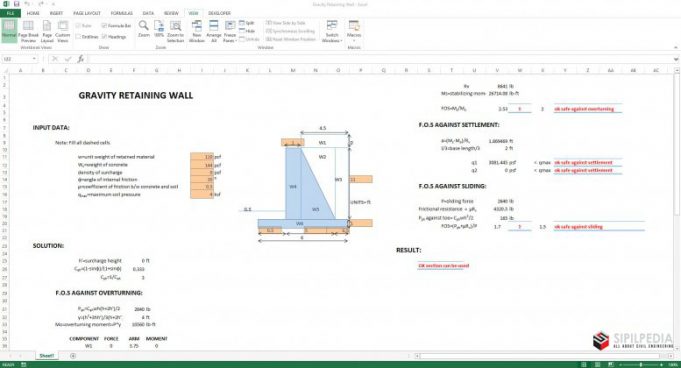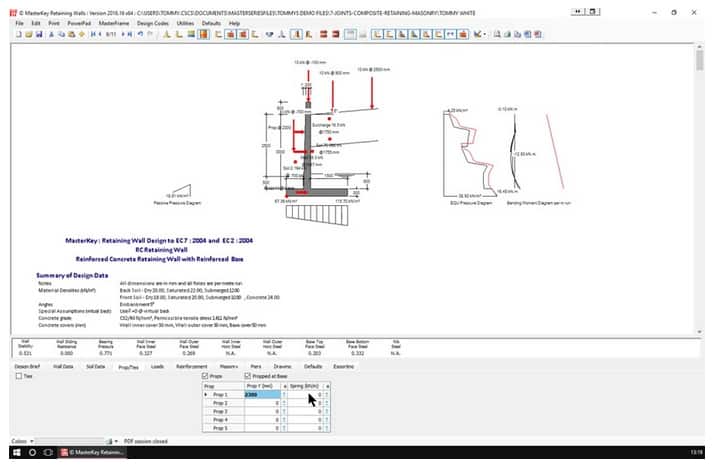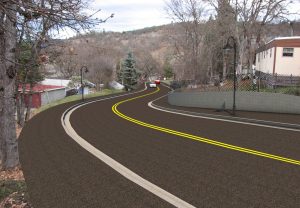

But how the wall is built means more than the material it’s built out of. Almost any wall material can support a fence, including wood, poured concrete, stone and block. If you plan on building a fence with your retaining wall, it’s important to figure out how the fence will be supported. You can make up that height difference by adding a fence. The average residential wall is under 3 feet tall. Unless they’re built really high, a wall alone doesn’t provide much security. A fence provides not only more security, but also safety and aesthetics. A Retaining Wall With A FenceĪ retaining wall can have a fence built in front, behind, or on top of it. The most common cause of wall failure I see is due to poor drainage.

This is very important to keep the wall strong and secure. If you build one, make sure to include proper drainage behind the wall. Retaining walls can carry a lot of weight which is made worse by water. The fence makes a high retaining wall much safer by preventing falls. When a retaining wall is built, it also creates a steep drop from the high point to the new flat area. Keep in mind that high retaining walls should be designed by an engineer and typically require a permit. Some are only a few feet high but others can be over 1o feet tall. Retaining walls can be built out of wood, stone, blocks or concrete. This is because soil alone can’t support a steep drop.įlat areas of ground created by retaining walls are used to build homes, gardens, backyards and even roads. When the grade is leveled, the high section has to be supported or the soil will erode. A great way to accomplish this is with a retaining wall. Let’s say you have a yard that slopes down from one end to the other, but you want it to be flat. They’re designed to hold the soil back in ways it wouldn’t do on its own. What’s A Retaining Wall?Ī retaining wall is a strong, rigid structure that’s used to retain soil laterally. These footings can even be tied into the walls construction for even more support.Īhead we’ll discuss more about fences used with retaining walls and answer the most common questions we’re asked. This is a very strong way to do it.įor fences built behind the retaining wall, concrete footings are typically used to secure the posts.
#RETAINING WALL TO INFRAWORKS INSTALL#
In the case of poured concrete, you can install the fence posts in the wall as you pour the concrete. If you’re using stone or concrete, the fence can usually be bolted right to the top of the wall.

A fence paired with a retaining wall fixes this.Ī retaining wall can be a solid foundation for a fence. This is OK in some situations but it can also be a safety hazard. But they also create a drop that’s easy to fall over.

Retaining walls hold back earth and step down the property’s grade. You can build one right on top of the wall or behind it. They go together really well and look great when done right.Ī retaining wall can be enhanced with a fence. The retaining wall handles earth retention and provides a solid foundation for the fence. Fences add security and safety by keeping people out and preventing falls over the walls steep drop. By combining a retaining wall with a fence you both hold back the earth and secure the upper area of the property. This is where a retaining wall fence is used. But they don’t do a thing for the areas above the wall. I especially like when they’re built with natural stone or solid concrete. Do you have or are you building a retaining wall? They’re fantastic at holding back earth and look great.


 0 kommentar(er)
0 kommentar(er)
